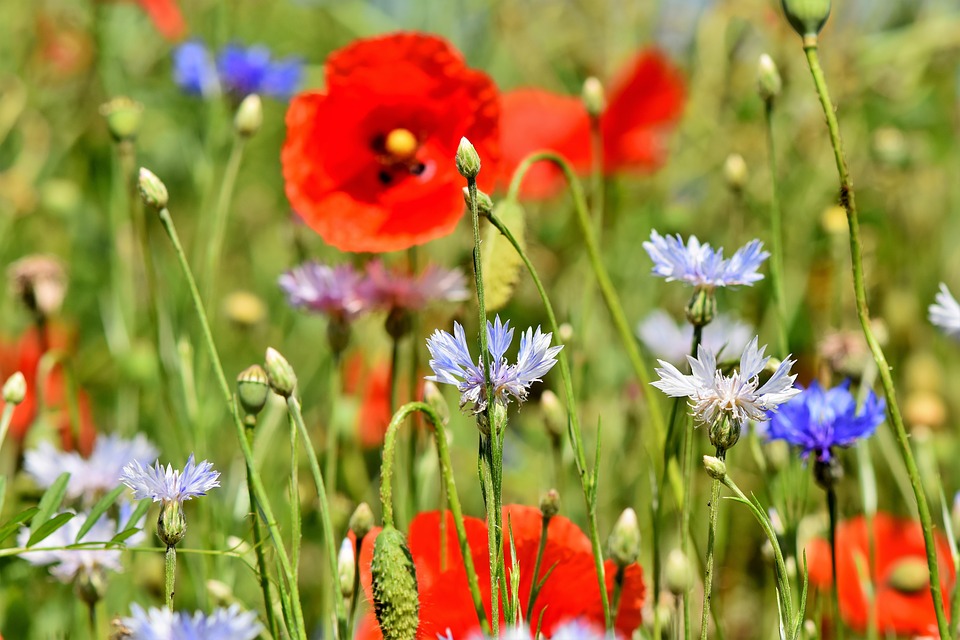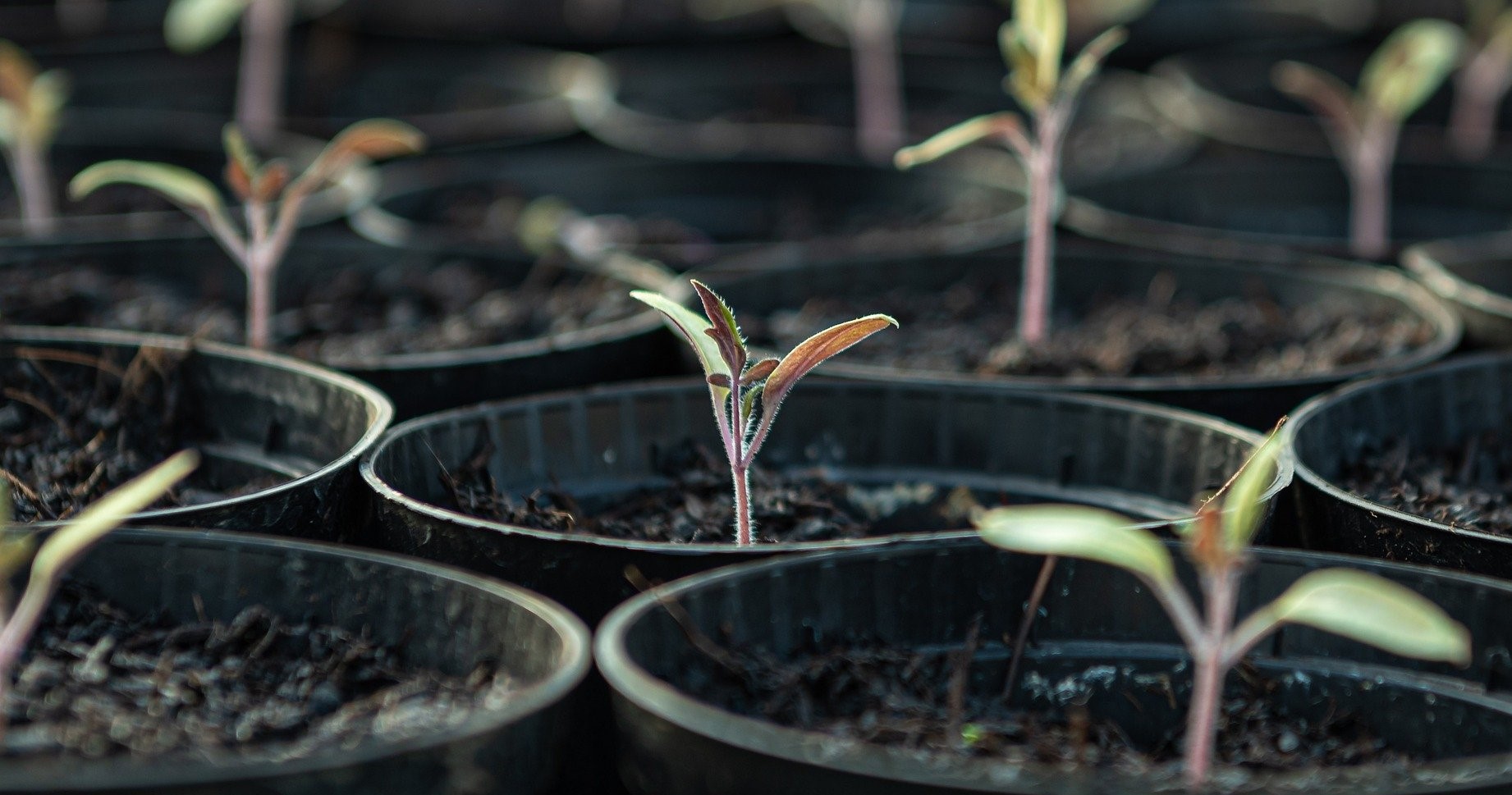

It’s the beginning of a new gardening year and it’s time to start planning for the year ahead, but if you can’t wait to get stuck in, here are a few things to get you started this January.
Flowers
When it comes to flowers there are a few plants that can be sown in heated greenhouses in January. These include begonias, pelargonium, salvia, and lobelia. You can also plant lily bulbs in pots during mild spells.
Make sure you remove debris regularly, weeds on flower beds and borders should be removed this January so that you can use them as mulch in spring.
Keep your planting tubs and containers clean and tidy ready for the upcoming spring.
Keep in mind that sheltered pots may need watering and aim to keep pots and compost moist, don’t let them dry out.
Lawns
If the weather is mild, you will be able to lay down new turf or repair your existing lawn. You can also repair lawn edges, around flower and shrub beds.
Make sure you check your lawn for waterlogging. If waterlogging is an issue, spike the lawn with a garden fork and brush in sand or loam. Algae can be an issue where there is poor drainage in shaded areas.
Avoid walking on your lawn if it’s covered in frost or snow, this damages grass beneath.
Fruits and Vegetables
This January you can prepare the ground for early sweet peas and broad beans, this will warm up the ground before being sown.
You are also able to start chitting your first early potatoes for planting.
It is also a good idea to start removing yellowing leaves from winter brassicas.
You can prune apple and pear trees as well as current plants and gooseberries this will maintain healthy branches into spring.
Leave stone fruit trees alone till summer as pruning them now will make them more susceptible to infections and diseases.
Pests and diseases
Pick over plants and sweep up fallen debris to prevent diseases from appearing and spreading. Keep an eye out for cyclamen grey mould and rotting, remove infected leaves from winter plants, destroy any that are badly infected. It is possible to move plants to a different area if the infection is severe.
Inspect tuber plants for drying out, preventing dampness and rot from occurring. If left, they will not grow next season. Also, protect new sweet pea plants from aphids, check for mouse and slug damage, protect your plants if necessary.
Treat overwintering pests accordingly such as whitefly or red spider mite and check cracks in the bark of woody houseplants that can harbour mealybugs and scale insect nymphs.
Wildlife
At this time of year, Mole activity increases due to mating, remove the hills before over-seeding in spring. Birds will also venture into the garden in search of food. Hang out bird feeds to attract birds that will feed on garden pests. Make sure to brush away worm casts from your lawn these usually occur in wetter soils.
Plan for spring
It’s time to start planning your garden for the months ahead. We can all wrap up warm, get into our gardens and start thinking about getting our garden in tip-top shape ready for a stunning spring.
Start planning your vegetable plots, make sure you consider good crop rotations. You can also plan plant bedding in preparations for ordering garden ready plants.
To help you create your perfect blooming garden, we have a great range of potted plants on offer in our amazing Gardener Club Sale. The latest exclusive offers for all Gardener’s Club members. You will receive some fantastic offers which have been carefully selected to help you make the most of your outdoor space throughout the year.
Don’t forget, you can also collect points with every purchase.
Looking for inspiration for your garden? Subscribe to our newsletters for updates on gardening news, our offers, what is going on in-store and more.
| Cookie | Duration | Description |
|---|---|---|
| cf_ob_info | 1 minute | The cf_ob_info cookie is set by Cloudflare to provide information on HTTP Status Code returned by the origin web server, the Ray ID of the original failed request and the data center serving the traffic. |
| cf_use_ob | 1 minute | Cloudflare sets this cookie to improve page load times and to disallow any security restrictions based on the visitor's IP address. |
| CookieLawInfoConsent | 1 year | CookieYes sets this cookie to record the default button state of the corresponding category and the status of CCPA. It works only in coordination with the primary cookie. |
| elementor | never | The website's WordPress theme uses this cookie. It allows the website owner to implement or change the website's content in real-time. |
| rc::a | never | This cookie is set by the Google recaptcha service to identify bots to protect the website against malicious spam attacks. |
| rc::c | session | This cookie is set by the Google recaptcha service to identify bots to protect the website against malicious spam attacks. |
| viewed_cookie_policy | 1 year | The GDPR Cookie Consent plugin sets the cookie to store whether or not the user has consented to use cookies. It does not store any personal data. |
| wpEmojiSettingsSupports | session | WordPress sets this cookie when a user interacts with emojis on a WordPress site. It helps determine if the user's browser can display emojis properly. |
| Cookie | Duration | Description |
|---|---|---|
| woocommerce_recently_viewed | session | WooCommerce sets this cookie to store performed actions on the website. |
| Cookie | Duration | Description |
|---|---|---|
| fr | 3 months | Facebook sets this cookie to show relevant advertisements by tracking user behaviour across the web, on sites with Facebook pixel or Facebook social plugin. |
| Cookie | Duration | Description |
|---|---|---|
| _fbp | 3 months | Facebook sets this cookie to display advertisements when either on Facebook or on a digital platform powered by Facebook advertising after visiting the website. |
| _ga | 1 year 1 month 4 days | Google Analytics sets this cookie to calculate visitor, session and campaign data and track site usage for the site's analytics report. The cookie stores information anonymously and assigns a randomly generated number to recognise unique visitors. |
| _ga_* | 1 year 1 month 4 days | Google Analytics sets this cookie to store and count page views. |